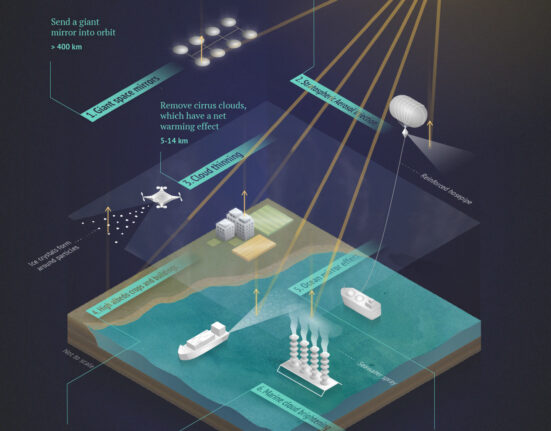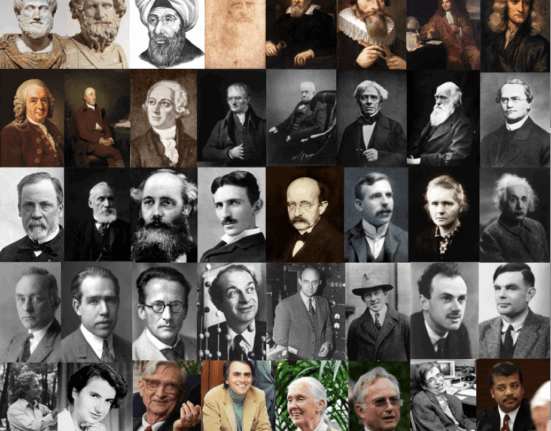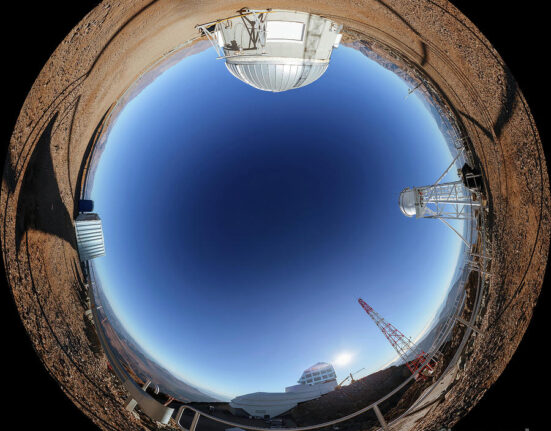In the bustling Egyptian port city of Alexandria, a team of dedicated workers has made a remarkable discovery that sheds new light on one of the ancient world’s most famous landmarks. A total of 22 massive stone blocks have been painstakingly recovered from the depths of the Mediterranean Sea, where they lay submerged for centuries as remnants of the legendary Lighthouse of Alexandria.
The recovered stones are believed to be part of the grand structure that once guided ships safely to shore over two millennia ago. These blocks will undergo extensive study and digital scanning to contribute vital information to the ongoing research efforts aimed at reconstructing this architectural marvel virtually.
French archaeologist and architect Isabelle Hairy is at the helm of this ambitious project, which unites experts from various fields such as history, archaeology, architecture, and engineering. Together, they strive to piece together a detailed 3D model that will resurrect the magnificence of the ancient lighthouse, offering insights into its design and historical significance.
One notable find among these recovered stones is a section of a colossal doorway weighing an impressive “70 to 80 tons.
” Additionally, fragments resembling an Egyptian-style ceremonial gateway have also been unearthed, hinting at possible monumental elements within the lighthouse complex.
The Lighthouse of Alexandria stands out as a testament to ancient engineering prowess and innovation. Erected around 280 B.C. under the patronage of Egyptian King Ptolemy II Philadelphus, this towering beacon soared over 328 feet (100 meters) high—ranking among the tallest structures in its time. Its sophisticated design featured multiple tiers culminating in a cylindrical apex where a blazing fire emitted a powerful beam visible up to 30 miles away.
Historical accounts describe how this extraordinary beam was created by reflecting light off polished metal surfaces like bronze or copper—a technological feat that mesmerized observers centuries ago. Revered as one of the Seven Wonders of the Ancient World by Greek scholars, including luminaries like Pliny the Elder during Roman times, it left an indelible mark on history despite succumbing to earthquakes in the 14th century.
The ongoing efforts led by Isabelle Hairy and her team aim not only to reconstruct but also revive digitally this iconic structure through meticulous analysis and collaboration with modern technology. By leveraging data gleaned from these newly discovered stone blocks alongside historical records, engineers will piece together a virtual representation akin to solving “
a giant archaeological puzzle.”
Furthermore, this digital twin promises not just to elucidate mysteries surrounding its construction and demise but also offers visitors an immersive experience where they can explore the resplendence of this ancient wonder firsthand.
The story behind these recently salvaged relics unveils fascinating insights into our shared human heritage—a tale woven with ingenuity, ambition, and perseverance across millennia. As we unlock more secrets buried beneath layers of time and tide, we embark on a journey that bridges past splendor with present-day marvels—an odyssey fueled by curiosity and reverence for those who came before us.









Leave feedback about this